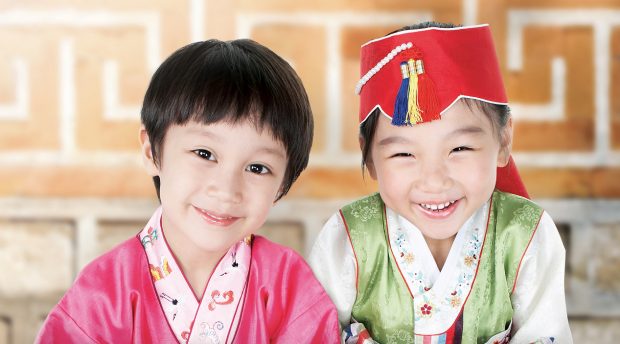Kindergartens in South Korea
Kindergartens in South Korea are for children around the ages of 3-6 before they enter elementary school. There are three kinds of them: national kindergartens managed by the government, public kindergartens managed by the local government, and the private ones run by the civil sector.
According to data, in 2016 there were 8,987 kindergartens: 4,696 of them were public and the remaining 4,291 were private. Consequently, in South Korea, there are more public kindergartens than private ones. The reason is probably that kindergartens are usually situated next to public elementary, middle and high schools. The private kindergartens are usually run by individuals, religious organizations or companies.
Generally, the tuition for public kindergartens is cheaper compared to private ones. There are usually 4 or 5 classes in the morning and in the afternoon. People who want to teach at Korean kindergartens need to get a certificate and pass a recruitment test. Moreover, teachers are different according to the curriculum. Interestingly, many kindergartens and elementary schools arrange events together and take vacations at the same time. Students usually have lunch at elementary schools. Parents are required to help their children commute because kindergartens do not have school buses. Public kindergartens that are not close to elementary schools are called dansul kindergartens and their facilities are more children friendly. The number of classes at dunsul kindergartens is between 6 and 8, which is a little bit more than classes at attached public kindergartens. Both kindergartens are the same in terms of tuition.
There are different types of private kindergartens based on price. They have special classes such as music, English, and PE (physical education). In addition, many private kindergartens provide after-school programs.
Kindergartens were introduced for the first time during the Japanese imperialism, as they were built for Japanese children in Busan. The first kindergarten for Korean children was the Nanam kindergarten (1909) in Nanam, Kyungsung district, Hamgyung province. Even if Korean children attended it, teachers were Japanese. The oldest kindergarten still existing is the Ehwa kindergarten. Built in 1914, it was found by Charlotte Brownlee, an American missionary.
The importance of preschool education started to grow in 1969. In 1976, five public kindergartens were built in Seoul and Busan. All kindergartens in Korea were private at that time.
Besides kindergartens, there are also daycare centers for children. Pre-school education is very important because childhood is a significant period in which most children form their emotion, virtue and physical strength. Although people are aware of the importance of it, many parents in Korea prefer to focus only on teaching to their children how to be competitive from early childhood.
























































